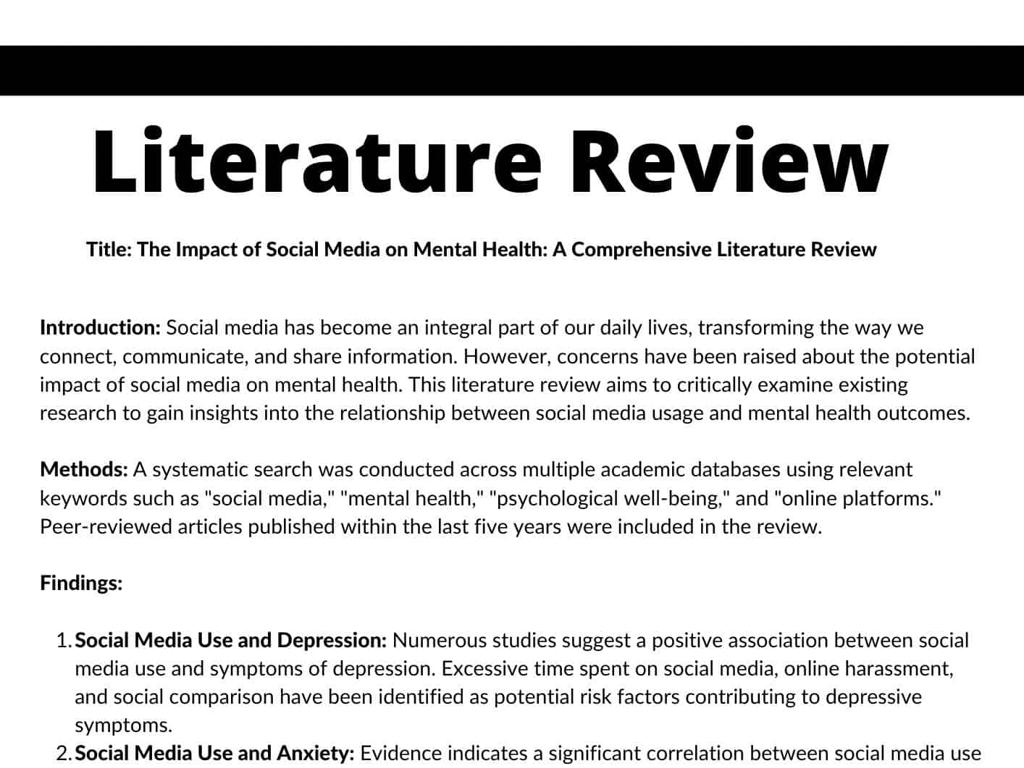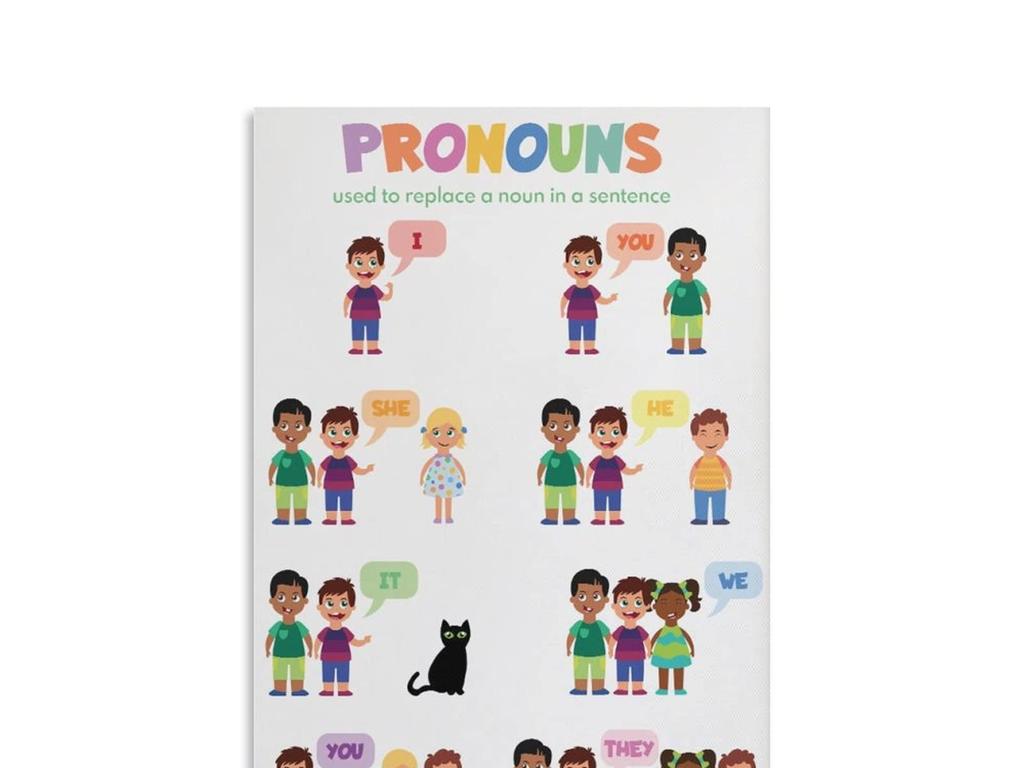Period 1: 1491-1607
Subject: Arts and humanities
Grade: High school
Topic: Ap /College Us History
Please LOG IN to download the presentation. Access is available to registered users only.
View More Content
AP U.S. History: Period 1 (1491-1607)
– Introduction to AP U.S. History
– Significance of Period 1
– Period 1 sets the stage for understanding the Americas before European influence.
– Pre-Columbian societies
– Explore the diverse cultures, economies, and societies in the Americas pre-1492.
– Europe before transatlantic contact
– Europe’s own developments set the stage for exploration and colonization.
|
This slide introduces students to AP U.S. History with a focus on Period 1, which covers the years 1491-1607. It’s crucial to convey the significance of this period as it lays the groundwork for understanding the complexity and diversity of the Americas prior to European contact. Students should grasp the richness of pre-Columbian societies, including their social structures, trade networks, and cultural achievements. Additionally, an understanding of Europe’s political, economic, and social climate before transatlantic contact is essential for comprehending the motives and consequences of subsequent exploration and colonization. Encourage students to consider how these early societies compare to their own and to recognize the long-term impacts of this period on the history of the United States.
Native American Societies Pre-European Contact
– Diversity in Native cultures
– Varied cultures: languages, religions, and customs across tribes
– Native socio-political structures
– Leadership roles varied from chiefs to councils, with complex social hierarchies
– Native economies and trade
– Trade networks existed, with economies based on agriculture, hunting, or both
– Geography’s role in Native life
– Environmental adaptation led to different housing, clothing, and food sources
|
This slide aims to provide an overview of the rich and diverse societies of Native Americans before European contact. Emphasize the vast differences in culture, language, and religion across different tribes, debunking the myth of a monolithic Native American culture. Discuss the various forms of government and social organization, from matriarchal societies to warrior-led groups. Highlight the sophisticated trade networks and economic systems that were in place, which could be as complex as those in Europe. Lastly, delve into how geography and environment shaped the lifestyles of Native American groups, influencing everything from the type of homes they built to the food they ate. Encourage students to consider how these societies were self-sufficient and adapted ingeniously to their surroundings.
Transatlantic Encounters: 1491-1607
– Motives behind the Age of Exploration
– Driven by wealth, religion, and empire building, aided by new navigation technology.
– First European-Native American interactions
– Initial contact ranged from trade to conflict, with profound cultural implications.
– Columbus’ voyages and their impact
– Columbus’ expeditions opened the Americas to European colonization and exchange.
– Cross-cultural implications and exchanges
– These encounters led to significant biological, cultural, and social exchanges.
|
This slide delves into the early period of European exploration and its effects on both the Old and New Worlds. It covers the motivations for exploration, such as the desire for new trade routes and wealth, the spread of Christianity, and the growth of European empires, supported by advancements in navigation like the compass and caravel. The first meetings between Europeans and Native Americans set the stage for future interactions, which included trade, the spread of diseases, and often conflict. Columbus’ voyages are pivotal, marking the beginning of sustained European contact with the Americas, leading to colonization and the Columbian Exchange. Discuss the exchange of goods, ideas, and the unfortunate spread of diseases that reshaped both continents. Encourage students to consider the perspectives of both Europeans and Native Americans during this transformative era.
The Columbian Exchange: A Global Impact
– Defining the Columbian Exchange
– The widespread transfer of plants, animals, culture, and technology between the Americas and the Old World post-1492.
– Exchange of goods and ideas
– Crops like maize, potatoes; livestock like horses, pigs; and ideas such as European governance.
– Effects on global population
– Population growth due to new crops; also spread of diseases like smallpox.
– Economic and environmental impact
– New trade routes and goods altered economies; significant ecological changes due to introduced species.
|
This slide aims to provide students with a comprehensive understanding of the Columbian Exchange’s significance. It was more than just a transfer of tangible goods; it was an era-defining process that reshaped the world. The exchange led to unprecedented interactions between the Old and New Worlds, which had profound demographic, economic, and environmental consequences. The introduction of new staple crops contributed to global population growth, while the spread of diseases had a devastating effect on the indigenous populations of the Americas. Economically, it paved the way for capitalism and mercantilism, and environmentally, it led to the Great Dying of indigenous species and the introduction of invasive species. Encourage students to think critically about how these changes laid the foundation for the modern world.
Spanish Exploration and Conquest
– Motivations for Spanish exploration
– Seeking wealth, spreading Christianity, and expanding empire.
– Key figures: Cortés and Pizarro
– Hernán Cortés conquered the Aztec Empire, Francisco Pizarro conquered the Inca Empire.
– Impact on Native American populations
– Drastic population decline due to diseases and warfare.
– Cultural and economic effects
– Introduction of European goods and ideas, establishment of the encomienda system.
|
This slide aims to provide an overview of the Spanish exploration and conquest during the period of 1491-1607. The Spanish were driven by the desire for wealth, the spread of Christianity, and the expansion of their empire. Major figures such as Hernán Cortés, who defeated the Aztec Empire, and Francisco Pizarro, who conquered the Inca Empire, played pivotal roles in the Spanish conquests. The impact on Native American populations was profound, with a significant decline in population due to diseases brought by Europeans and the effects of warfare. Additionally, the conquests led to cultural exchanges, the introduction of European goods, and the establishment of the encomienda system, which had long-lasting economic effects. Encourage students to consider the complex legacy of these events and their lasting impact on the Americas.
Labor Systems and Slavery: 1491-1607
– Encomienda system impact
– Encomienda granted colonists control over Native Americans for labor, leading to exploitation and significant population decline.
– African slavery introduction
– Africans were forcibly brought to the Americas to work on plantations, marking the beginning of systemic racial slavery.
– Labor systems comparison
– Compare encomienda, indentured servitude, and African slavery, noting differences in freedom, duration, and rights.
– Long-term effects of labor systems
– These systems laid the groundwork for racial and class divisions that have persisted in American society.
|
This slide aims to educate students on the various labor systems established during the early colonization of the Americas and their profound impact on society. The encomienda system allowed Spanish colonists to demand labor from Native Americans, leading to widespread abuse and a dramatic decrease in the indigenous population. The introduction of African slavery began a centuries-long period of racial injustice that is still felt today. By comparing different labor systems, students can understand the varying degrees of autonomy and rights afforded to workers and the long-term societal consequences. Discussions should include the ethical implications and the evolution of these systems into modern labor laws and social structures.
European Rivalries and Alliances: 1491-1607
– Competition for New World control
– European powers vied for resources, trade, and territory.
– European-Native American dynamics
– Alliances with tribes were strategic, conflicts often arose over land and resources.
– Religion’s influence on colonization
– Religious motivations propelled colonization, often leading to cultural clashes.
– Alliances and conflicts impact
|
This slide delves into the complex interplay of European rivalries and alliances during the early period of American history. It highlights the intense competition among European nations to establish dominance in the New World, driven by the desire for wealth, trade routes, and territorial expansion. The dynamics between European settlers and Native American tribes were marked by both strategic alliances and bitter conflicts, often influenced by misunderstandings and competing interests. Religion played a significant role, with many European nations viewing colonization as a means to spread Christianity, which sometimes led to the justification of conquest and colonization. Understanding these historical contexts is crucial for students to grasp the multifaceted nature of early American history and its lasting impact on the development of the United States.
Role-Play Debate: Perspectives on European Colonization
– Divide into perspective groups
– Present viewpoints on colonization
– Native Americans, European explorers, African slaves – how did each view the impact?
– Engage in class discussion
– Reflect on historical complexities
– Consider the social, economic, and cultural effects of colonization
|
This class activity is designed to immerse students in the diverse perspectives during the period of European colonization. By role-playing, students will gain a deeper understanding of the complex interactions between Native Americans, European explorers, and African slaves. It’s crucial to provide historical context for each group before starting the debate. Encourage students to research their roles and prepare arguments that reflect the historical viewpoints. After presentations, lead a discussion to help students articulate their thoughts on the impact of colonization and to appreciate the multifaceted nature of this period. Possible activities include creating speeches, writing diary entries, or debating key issues. This exercise will help students develop empathy and critical thinking skills.






